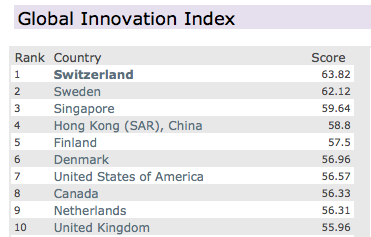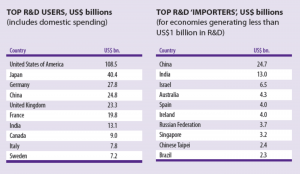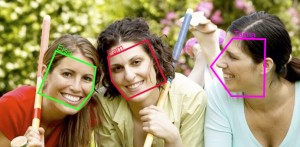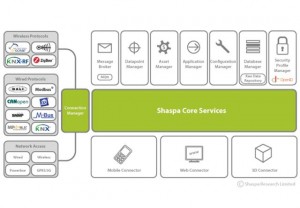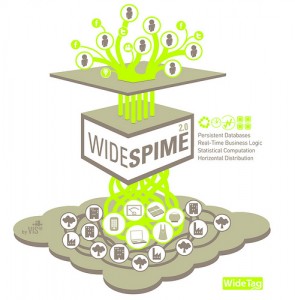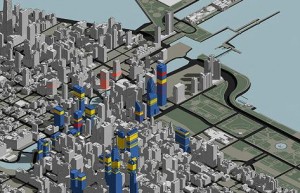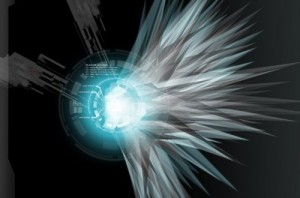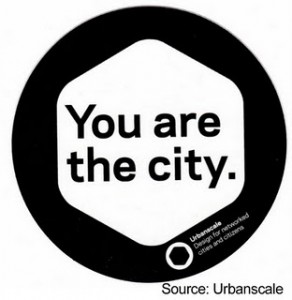 There's long been a debate among computer vision experts between those who envisage feature extraction and matching in the network and those who implement it on the device. There are many factors one must consider and trade offs that must be made but in the end everything boils down to cost: what can you gain by where you put the different tasks if the tasks must be done in real time. For many applications, feature extraction is a bottle neck due to lack of computational power. Qualcomm's AR SDK is an example of device-based recognition.
There's long been a debate among computer vision experts between those who envisage feature extraction and matching in the network and those who implement it on the device. There are many factors one must consider and trade offs that must be made but in the end everything boils down to cost: what can you gain by where you put the different tasks if the tasks must be done in real time. For many applications, feature extraction is a bottle neck due to lack of computational power. Qualcomm's AR SDK is an example of device-based recognition.
ElipseAR, a startup based in Madrid, Spain, is heavily on the network side of the debate. They are planning to release a set of tools for markerless (feature-based) Augmented Reality and Computer Vision development that will make image matching and tracking, 3D animation rendering, geolocation using the camera view, face recognition easier to integrate into AR applications. Existing AR apps? Future AR apps?
The company's web site clearly makes a distinction between image recognition, image tracking and matching. What's not clear at the moment, because their position differs depending on which page you are reading, is how much of the ElipseAR processing is to happen within the device and how much will be in the network. They also may be confusing "image" with real time video recognition.
At the moment the company says it will offer its tools for commercial use at no charge. The beta program started in early July and is expected to run until the end of 2011.
Tests must be conducted in real world circumstances to measure the merits of the new algorithm and its architecture. It will be compared against not only other network-based image recognizers such as kooaba, but also other SDKs that have been out for much longer such as Qualcomm AR SDK, Qconcept and others. It's difficult to imagine, for example, ElipseAR getting out ahead of String Labs which released their code June 16, 2011.
Even if the reliability of the ElipseAR algorithms and architecture prove to be up to industry benchmarks, there will continue to be latency out of the control of the developer or user in the cellular networks. There have been rumors that the network "effect" can be overcome, but this will never be a universally reliable solution because coverage of mobile networks is and never will be 100%.




